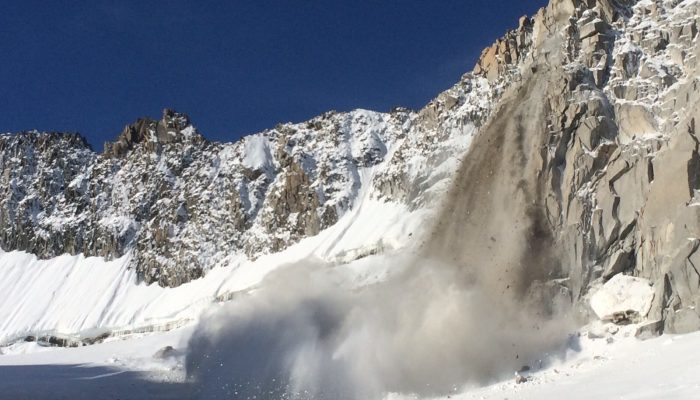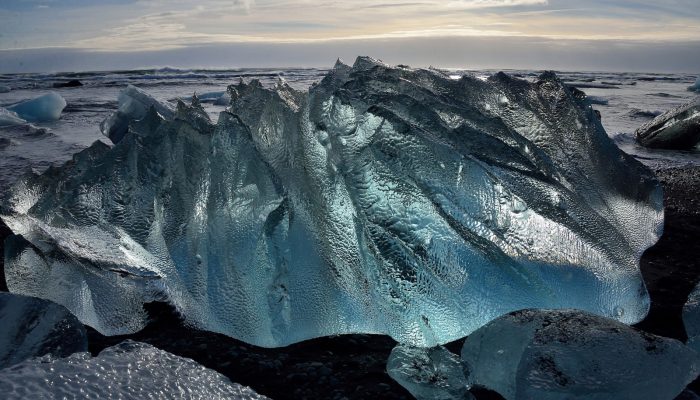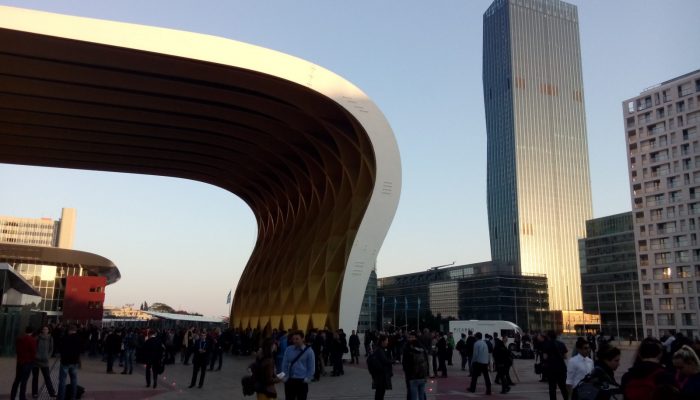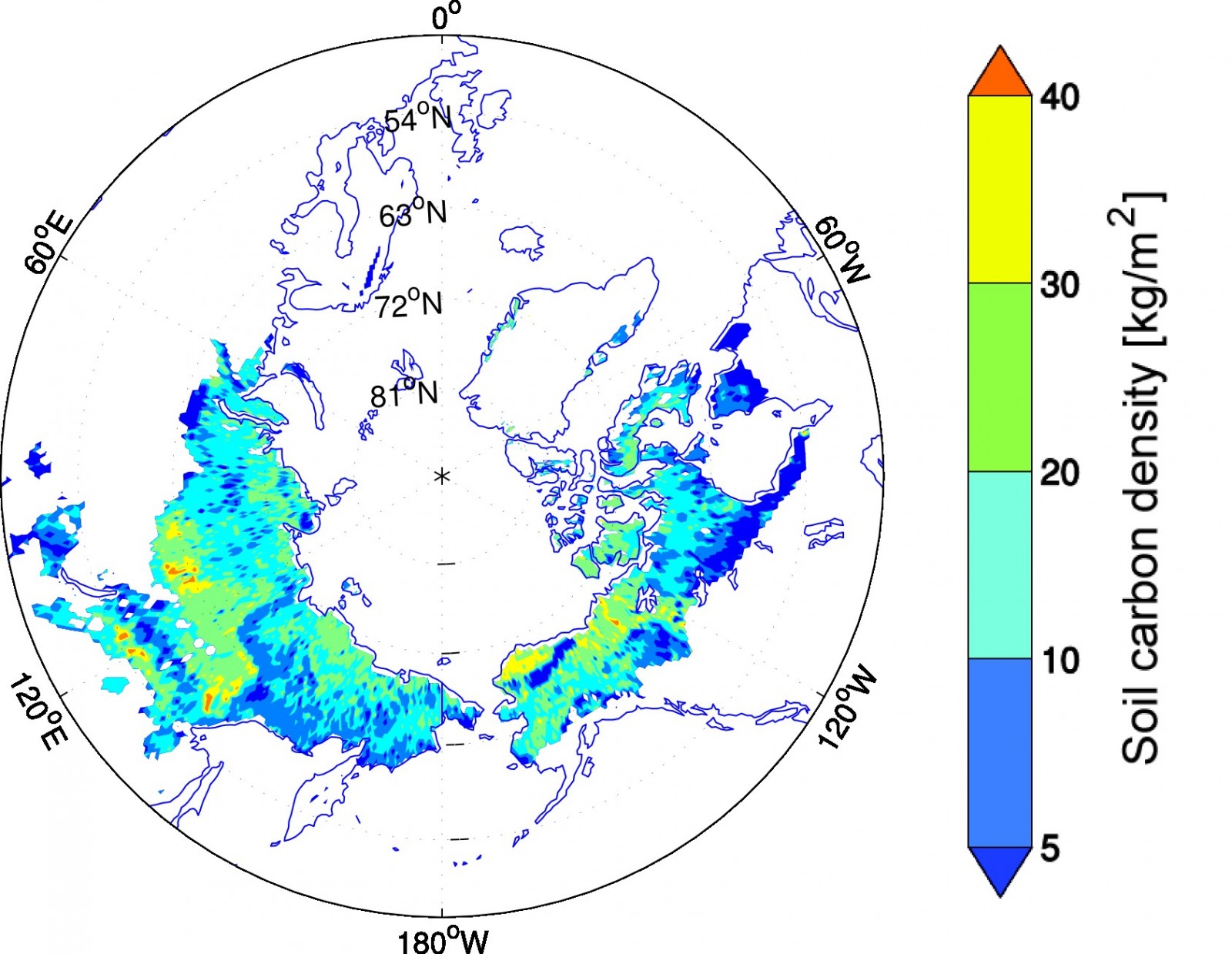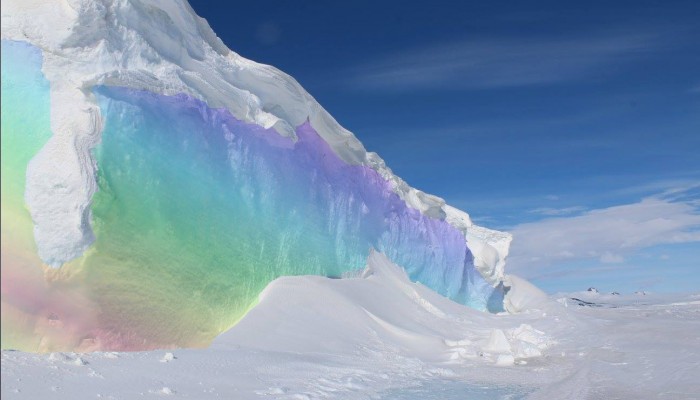This photo captures a rockfall at the summit of Tour de Ronde, 3792 m above sea level in the Mont Blanc Massif. On 27 August 2015, around 15000 m3 of rock fell from the steep walls of the mountain. Why do mountains crumble ? Rockfalls such as the one on the photo have been linked to thawing permafrost. The exact mechanism that leads to these events is not fully understood, however, it is thought ...[Read More]
Image of The Week – Tumbling Rocks
